
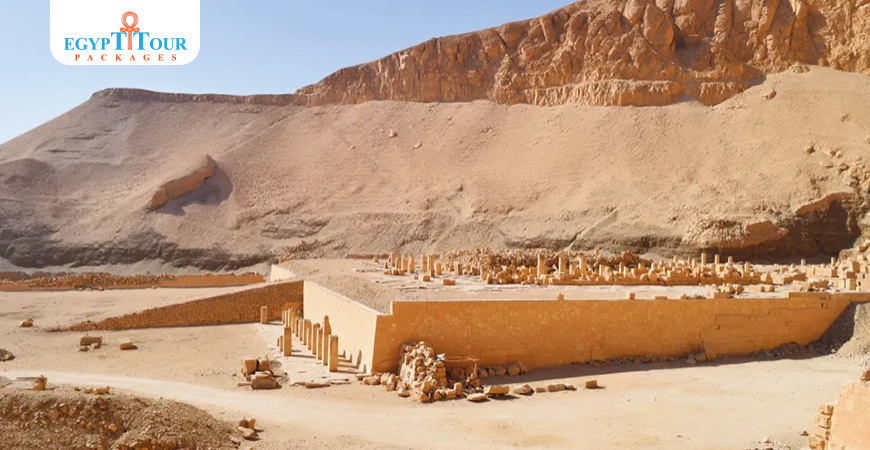
Temple of Mentuhotep II
Mentuhotep II,was an ancient Egyptian pharaoh, the sixth ruler of the Eleventh Dynasty. He is credited with reuniting Egypt.
Mortuary Temple of Mentuhotep II
Funerary temples were built for a purpose other than worship. This type of temple was specific to the priests and the Pharaoh’s family. This type of temple was built to perform funeral rites for the Pharaoh and to hold religious rites, religious songs, and prayers. The histories of the Pharaoh’s family, its origin, and its upbringing were written on this type of temple, but it was not You care about his accomplishments
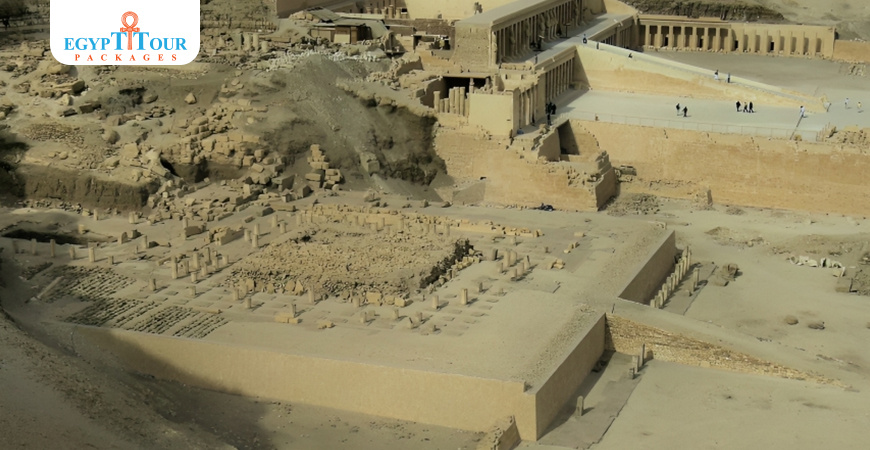
Montuhotep II
Mentuhotep Nebhepetre was the ruler of Thebes who reunited Upper and Lower Egypt after the First Intermediate Period and established Dynasty XI. While there were saff-tombs from that period on the West Bank of Thebes, Mentuhotep Nebhepetre was the first king to construct an entire mortuary complex. He chose the location in the bay of cliffs known as Deir el-Bahri. Today, Deir el-Bahri is famous for the Temple of Queen Hatshepsut, which was built next to Mentuhotep's site and was inspired by his earlier design. Although Mentuhotep's monument has been known since the nineteenth century, it was not fully excavated until 1968 by the German Archaeological Institute and the Polish-Egyptian Mission.
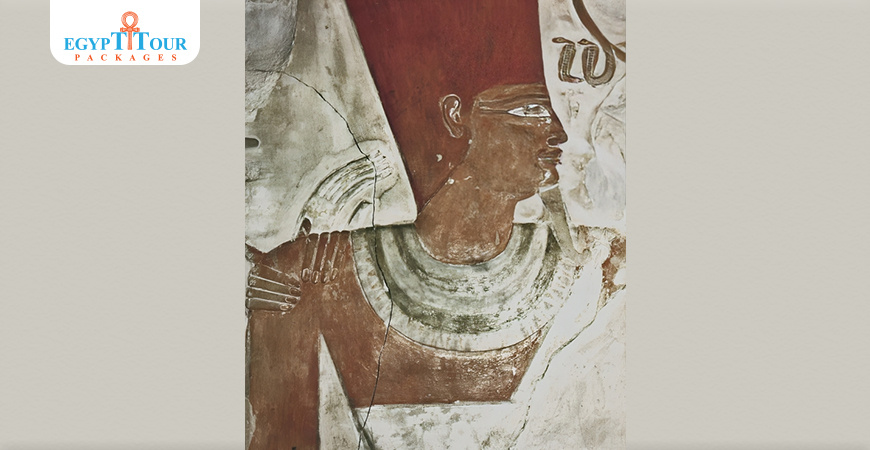
Montuhotep II Temple
The temple's design was one-of-a-kind for its time. It was constructed on a platform with multiple levels, combining elements from earlier saff-tombs and the traditional Old Kingdom pyramid complex. Originally, there was a valley temple located beneath the cultivated area of the West Bank. A causeway, flanked by trees, led to a spacious forecourt (the causeway and tree-pits can still be seen today). While riding his horse in this forecourt, Howard Carter accidentally stumbled upon the entrance of a deep shaft known as 'Bab el-Hosan' (Gate of the Horse). This shaft was actually part of the Mentuhotep complex, and inside, Carter discovered the famous seated sandstone statue of Mentuhotep II in heb-sed costume, wrapped in linen. This statue is now housed in the Cairo Museum. There are various theories about the purpose of 'Bab el-Hosan', but it is generally believed that it may have originally been intended as the king's tomb, later converted into a symbolic cenotaph of Osiris. The walled forecourt featured a row of colossal Osirid statues of the king and two smaller gates. The terraced temple appears to have been constructed in multiple phases, possibly three or four. A ramp connects to the second level, which was adorned with sycamore and tamarisk trees on both sides. The lower colonnade contained fragments of rear wall reliefs depicting boat processions and foreign campaigns.
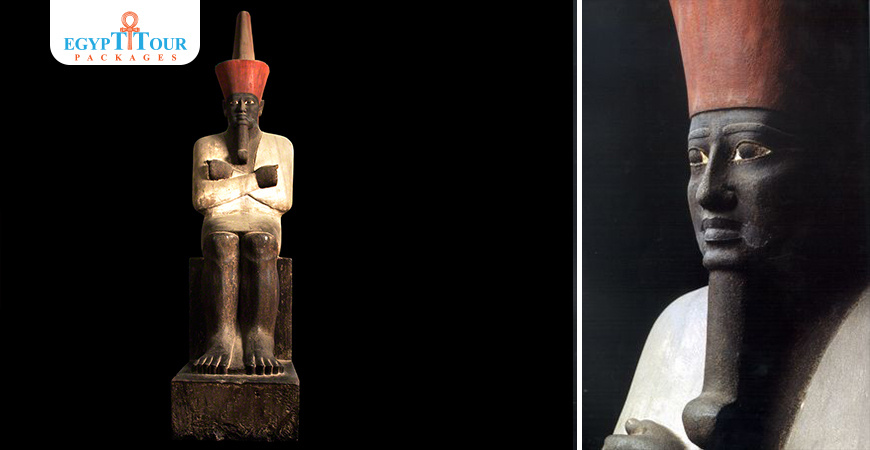
The Temple of Mentuhotep II
The upper terrace had a double colonnade of pillars with scenes and texts of Mentuhotep. It was surrounded by an ambulatory and a forest of 140 octagonal pillars. In the center, there was a large square structure made of limestone blocks. Egyptologists initially believed it to be the base of a pyramid, but now it is thought to be a mastaba-like structure representing the funerary chapel and symbolizing the primeval mound of creation.
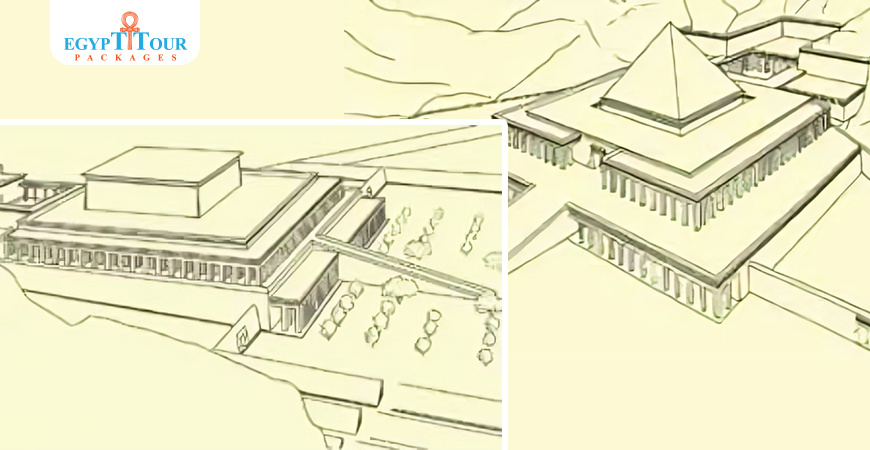
The Mortuary Temple of Mentuhotep II
Six shaft tombs were found on the west side of the second terrace behind the colonnade. Each tomb had its own chapel dedicated to a different female family member of Mentuhotep. The tombs, from right to left, belonged to Myt, Ashayt, Sadeh, Kauit, Kemsit, and Henhenit. Ashayt's sarcophagus and decorated wooden coffin are displayed in the Cairo Museum. It is believed that she was a Nubian consort of the king. Kauit, another consort, also has a large decorated sarcophagus in the Cairo Museum, along with a series of model coffins containing wax statuettes of the lady. On the north-western side of the second terrace, a small chapel dedicated to Hathor and other deities was built during the New Kingdom. In this chapel, a statue of the cow-goddess was discovered in a shrine, which is now housed in the Cairo Museum.
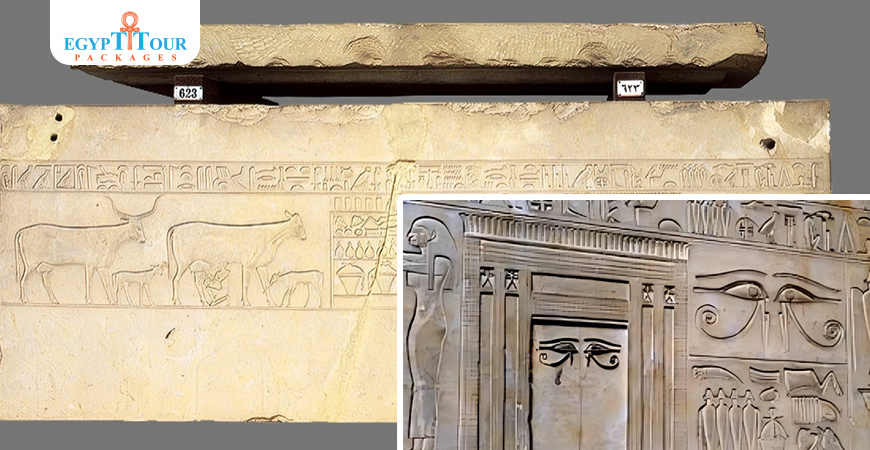
What was the funerary temple of King Mentuhotep II?
On the main platform of the structure's west side, there is a peristyle court on the second terrace. Inside, there are two rows of pillars and the royal tomb is located in the inner part. Mentuhotep's tomb was carved into the rock below the courtyard and had an uninscribed alabaster shrine. This tomb may have influenced the design of the royal tombs in the Used as a burial chamber for nearly 500 years, the Valley of the Kings was used for royal burials for the Kings,their families, and their possessions. Valley of the Kings during the New Kingdom. A lot of wooden models and statuettes, intentionally shattered, were discovered in the chamber. Experts on ancient Egypt discuss whether the king was actually laid to rest in the tomb or if it served as a symbolic burial place for the pharaoh's 'ka' since no sarcophagus was uncovered.

Temple of Mentuhotep Nebhepetre
The Temple of Mentuhotep is a complex building, and the limited remains make it difficult to understand. The artwork suggests that Osiris, a god associated with death and the afterlife, gained more importance during this time. The temple's design includes both traditional and new elements. Its original name was 'Akh-sut-Nebhepetre' which means 'Splendid are the cult places of Mentuhotep'.
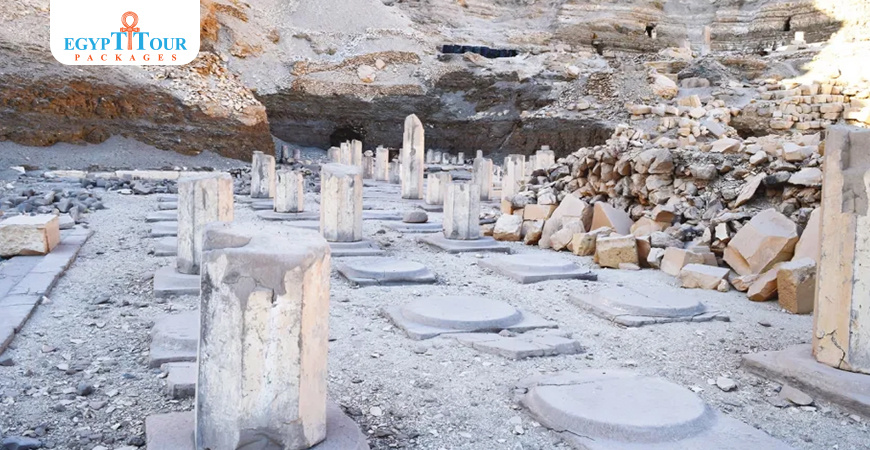
The Mortuary Temple of Mentuhotep II on the West Bank at Luxor
Mentuhotep's temple is not accessible to the general public, but there are occasions when you can request special permission to visit from the Antiquities Office.
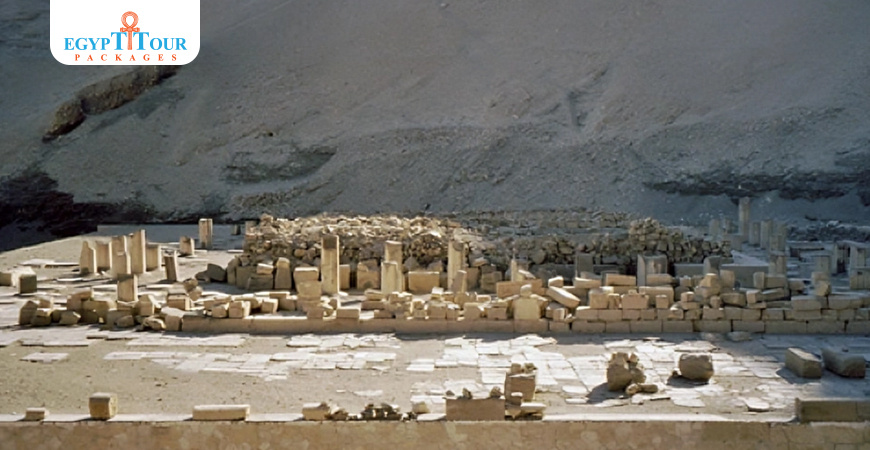
Post A Comment
Your Email Address Will Not Be Published.
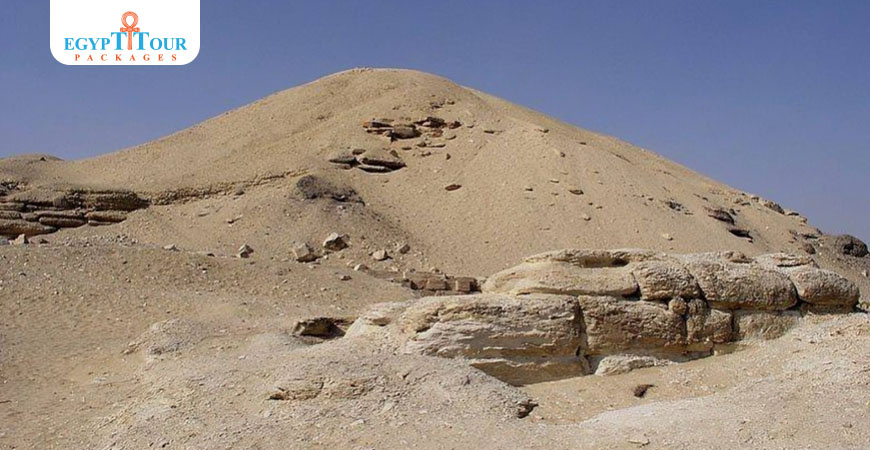


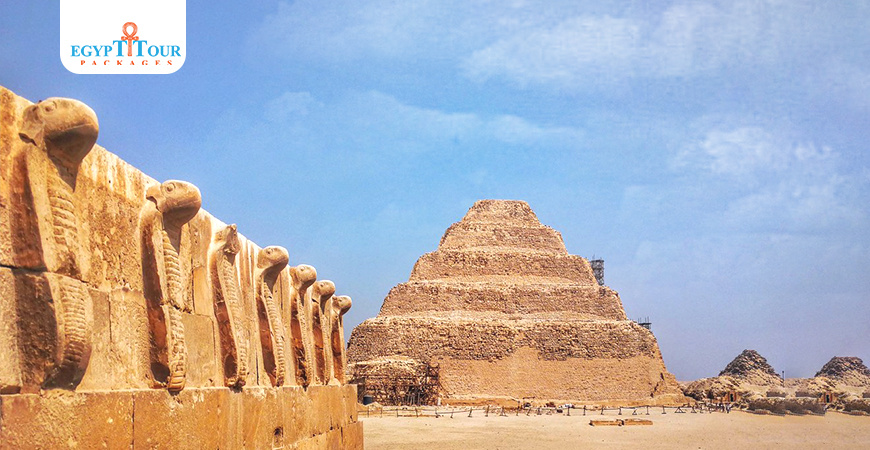







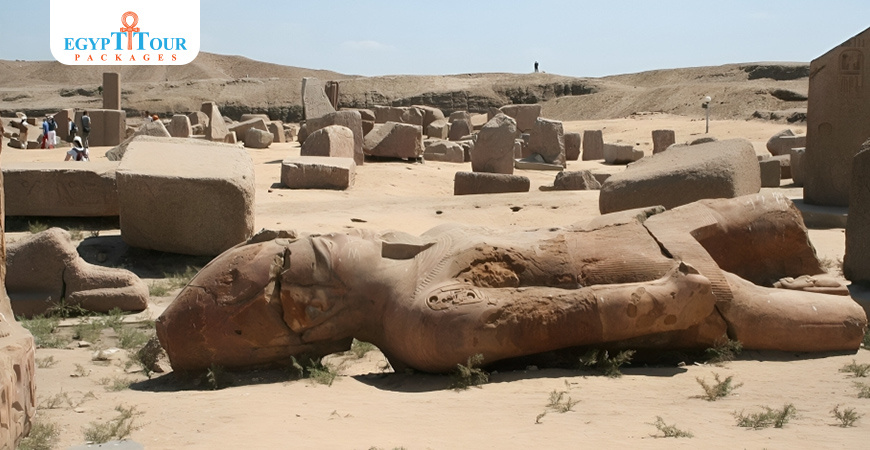


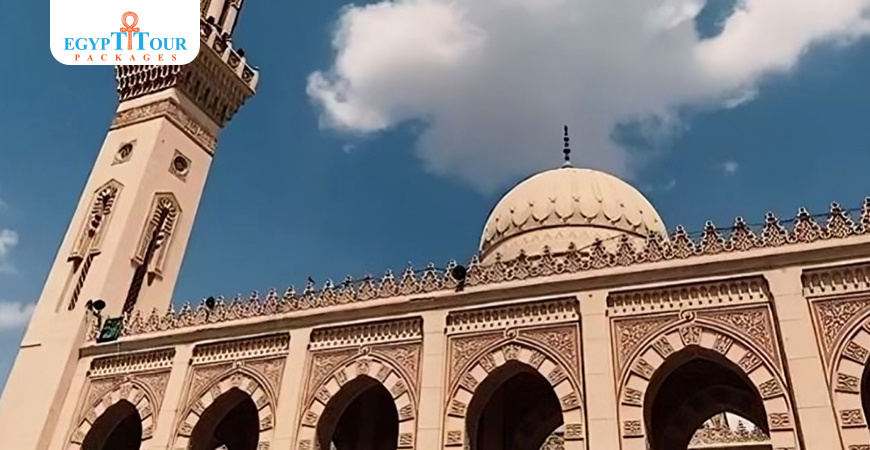


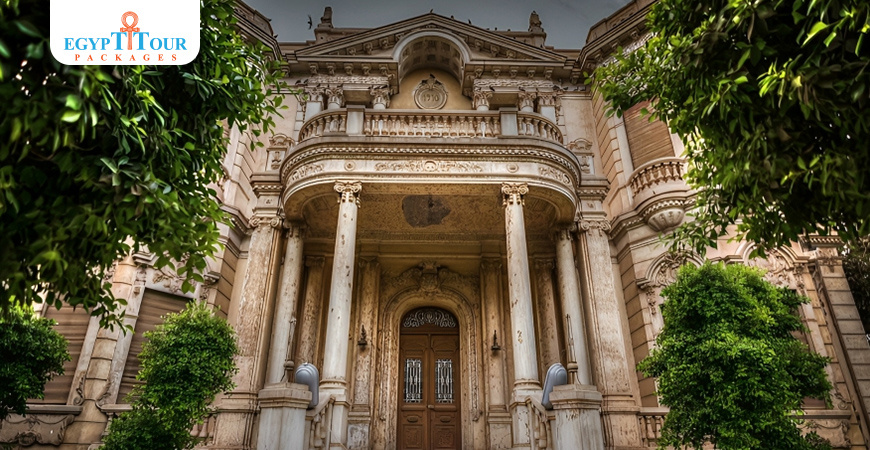
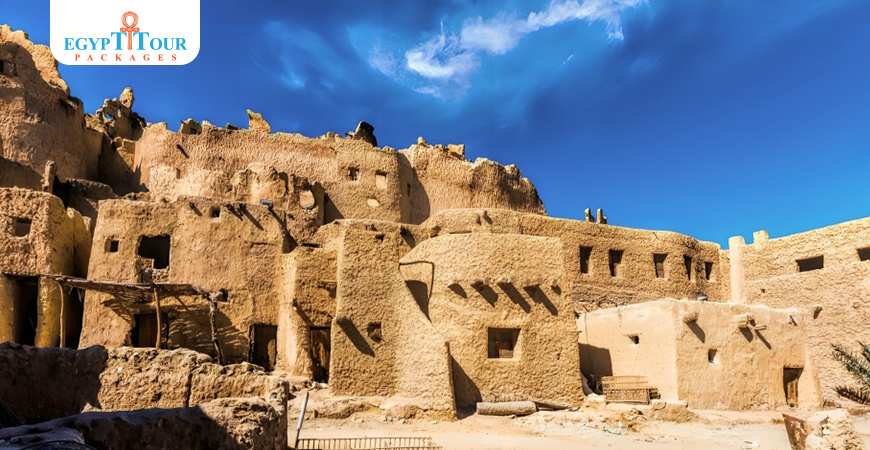
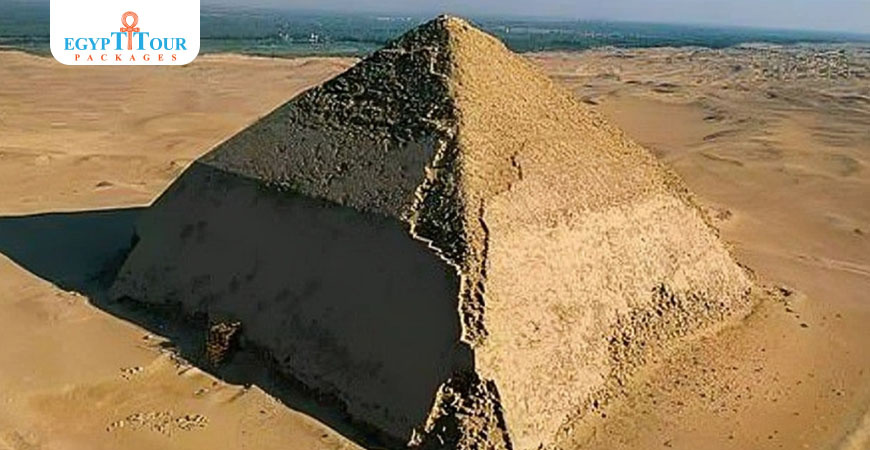
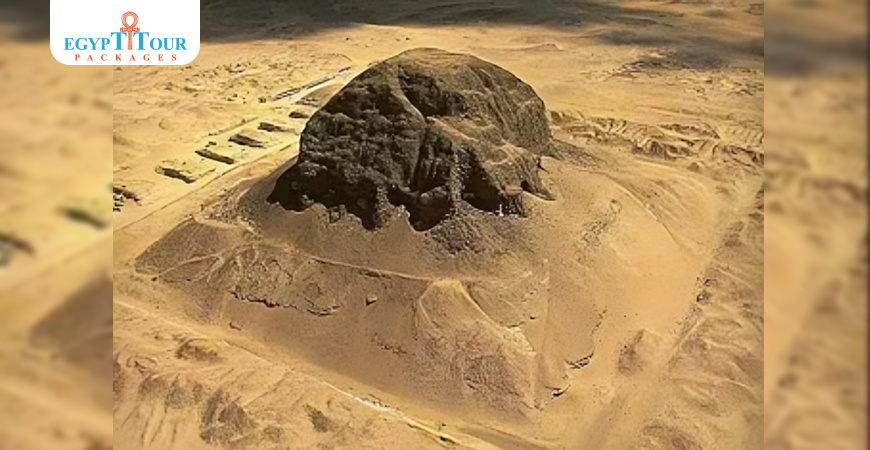
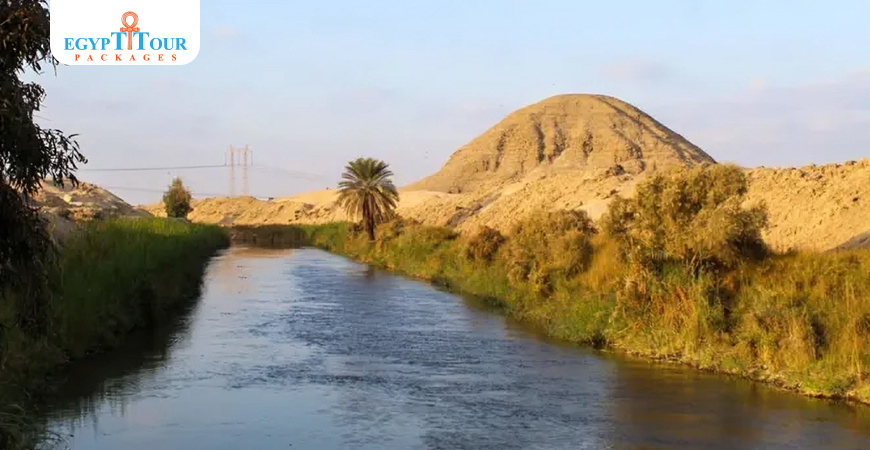
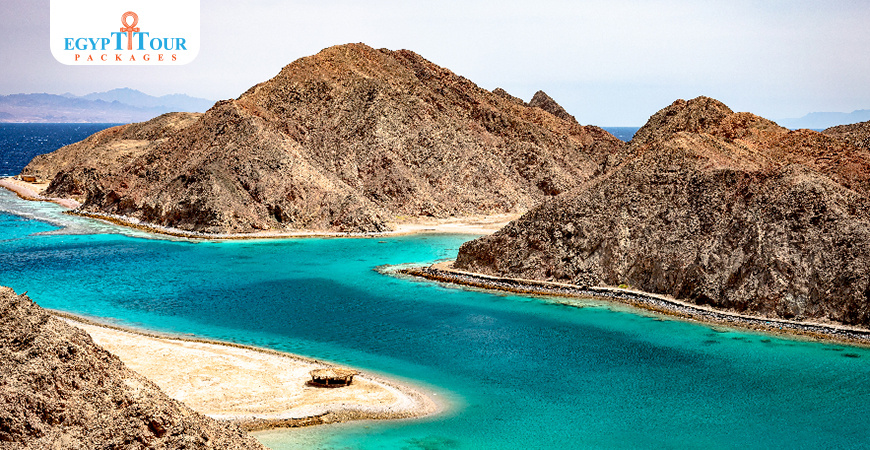

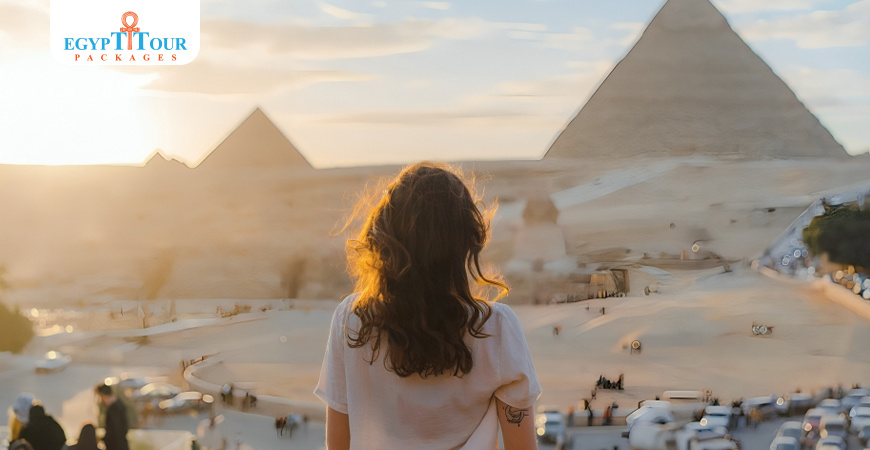
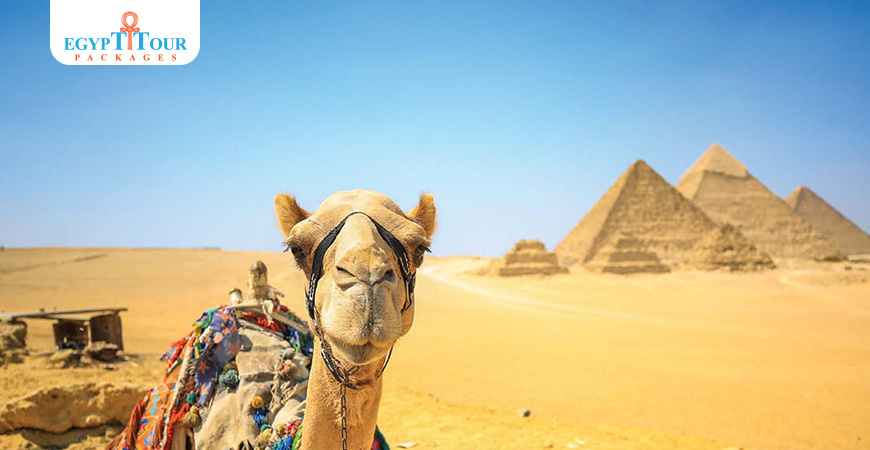











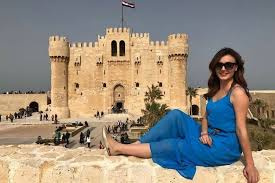

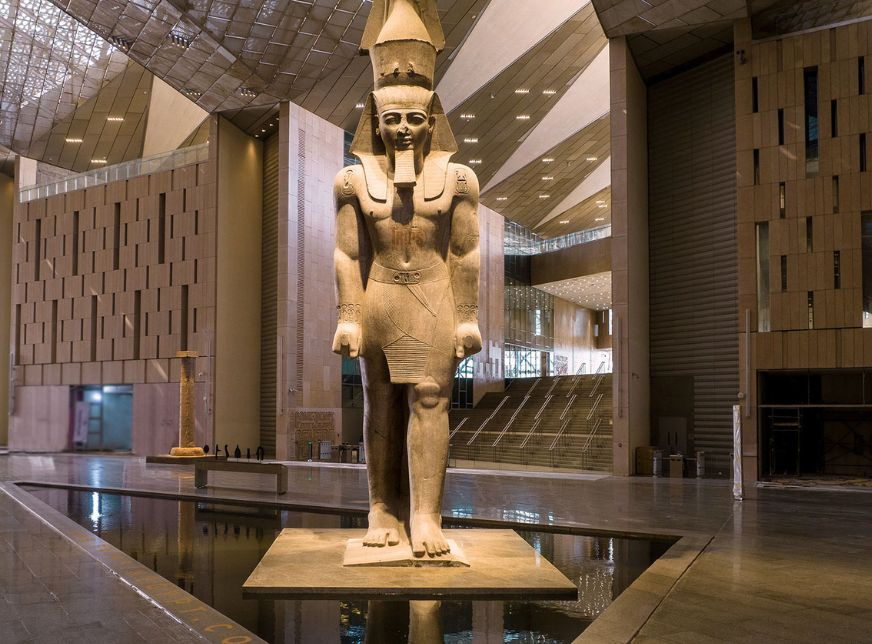




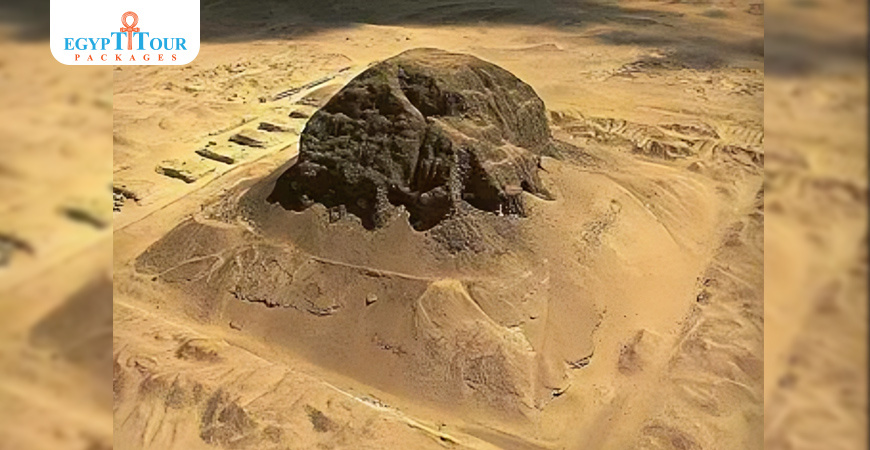

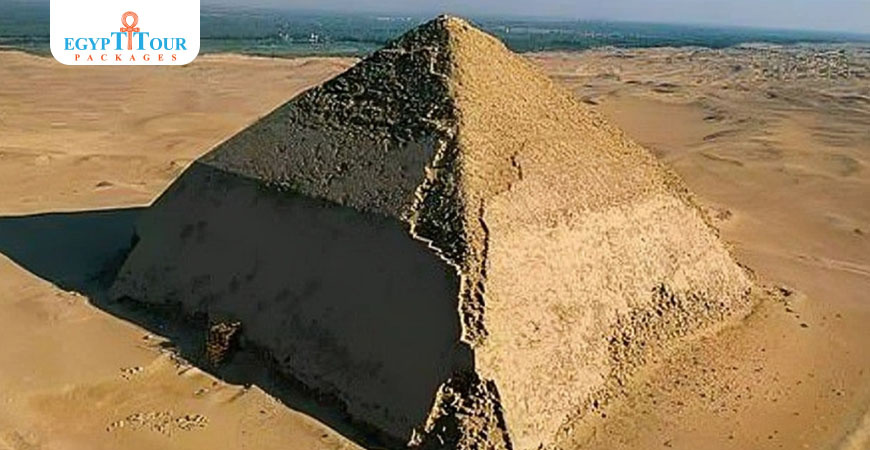
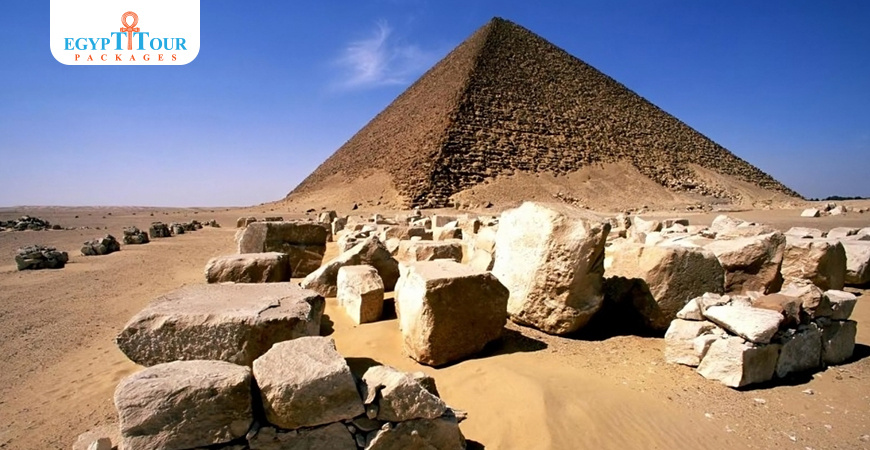

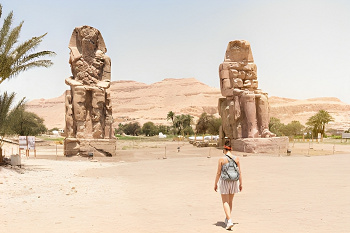
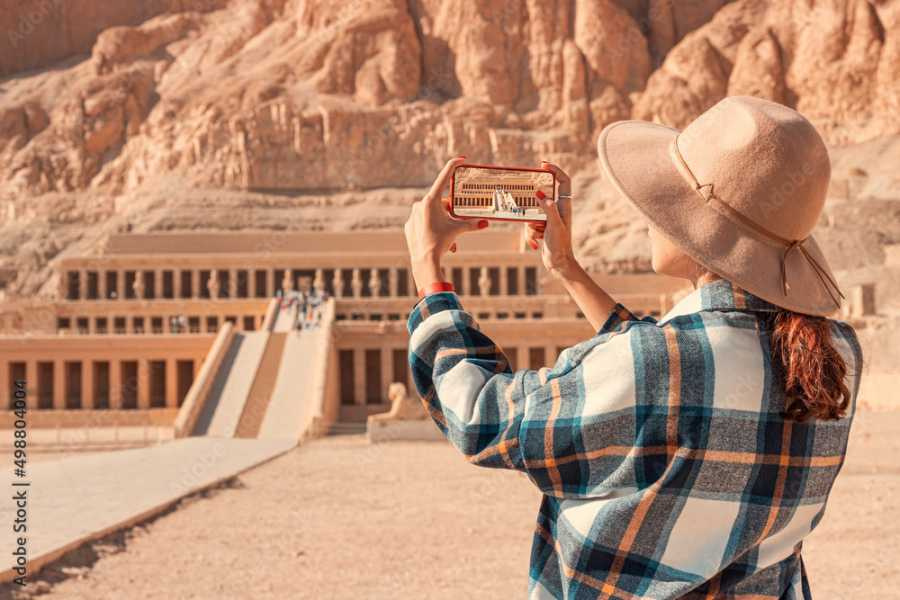







0 Comments